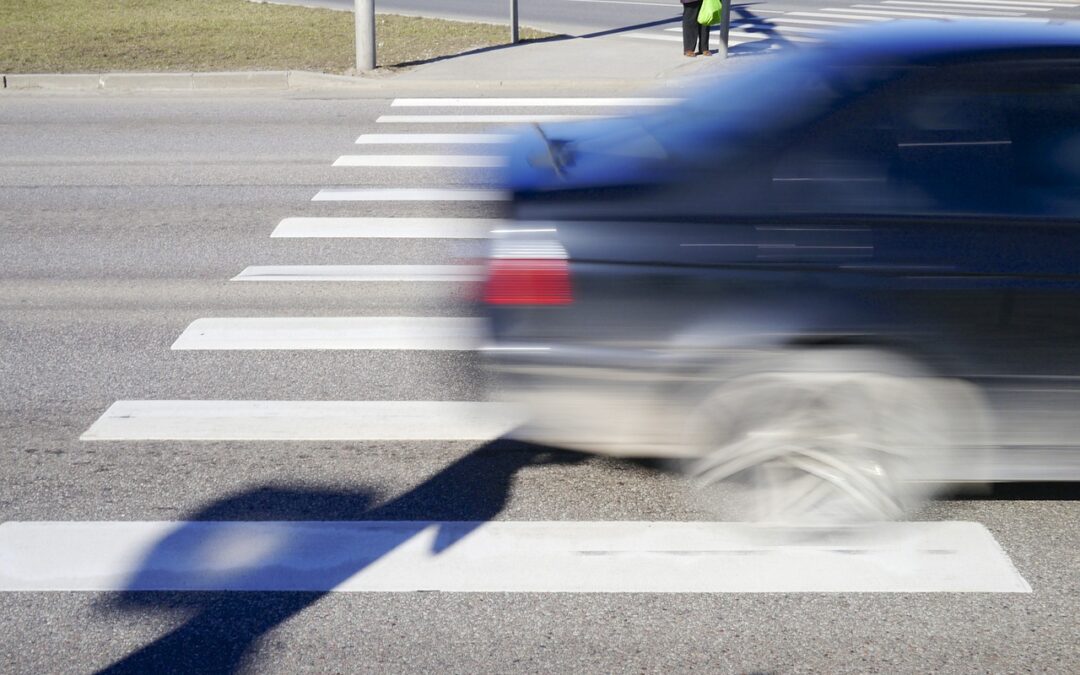Pedestrians in Poland are to have priority at road crossings regardless of whether they are waiting to cross or already on the crossing. The change is one of several aiming to improve the country’s poor road safety.
The set of amendments to Poland’s road laws signed into law by the president also includes changes to the speed limit in built-up areas and bans the use of mobile phones while crossing.
Unlike in most European countries, up till now drivers in Poland were not required to give way to pedestrians waiting at crossings, but only those who had already stepped onto the stripes.
"Musiałem wysiąść z auta i zatrzymać ruch, żeby dzieciaki mogły bezpiecznie przejść"
Przejście dla pieszych na ul. Płochocińskiej w Warszawie pic.twitter.com/O1LLr3Mhwy
— StopCham (@Stop_Cham) December 17, 2019
This is to change as of 1 June, as part of a new package of amendments to Poland’s traffic code signed by President Andrzej Duda on Friday and announced on Monday.
Cars and buses will be required to give way to pedestrians both when they are waiting by the side of the road and when they have begun crossing. Tram drivers are only required to give way to pedestrians who are already crossing the road.
According to the new rules, drivers nearing a crossing will be required to slow down and pay special attention to pedestrians. In a further change, the speed limit in built-up areas will be 50 km/h at all times of day and night. Previously it was 60 km/h between 11 p.m. and 5 a.m.
Cars driving on highways and expressways will also need to keep a distance from the vehicle in front amounting to at last half the number of metres of the speed at which they are travelling (in km/h), unless they are overtaking.
The new laws also ban the use of mobile phones or other devices which may impair pedestrians’ vision or other perception while crossing the road or railway tracks.
The number of deadly accidents involving pedestrians in Poland slightly decreased last year, to 631 deaths, down by 25.6% relative to 2019. But the country still has one of the highest mortality rates for pedestrians in Europe, with an average of 16 deaths per one million inhabitants in 2020 – compared with the European average of 10.4 in 2018, according to the European Transport Safety Council.
While the number of road accidents decreased from 49,000 to less than 33,000 between 2008 and 2017, the number of accidents at pedestrian crossings over the same period remained steady, at around 4,000.
In 2020 there were 65.1 road deaths per million inhabitants in Poland, down from 76.6 in 2019. The country’s road fatality figures were higher than in neighbouring Germany (36.9), Czech Republic (57.9) and Slovakia (45) in 2019.
The new rule was announced by Prime Minister Mateusz Morawiecki in December 2019 as part of a package of amendments to Poland’s traffic laws to “significantly reduce mortality on the roads”.
A proposal to change this aspect of the law was controversially scrapped in 2019, because the interior ministry feared that many Polish drivers would simply ignore it, thereby leading to even more accidents.
In February, Poland’s government also moved to introduce new rules on the use of electric scooters and other mobility devices, amid safety concerns. The legislation would set speed limits and outline where such vehicles can be driven and parked.
Main image credit: Janitors/Pixabay (under Pixabay license)

Maria Wilczek is deputy editor of Notes from Poland. She is a regular writer for The Times, The Economist and Al Jazeera English, and has also featured in Foreign Policy, Politico Europe, The Spectator and Gazeta Wyborcza.



















